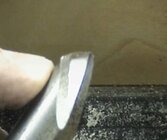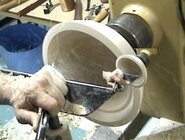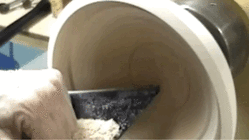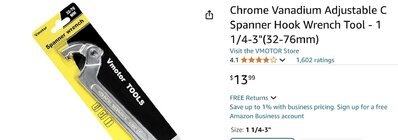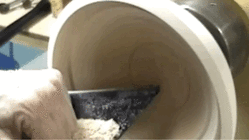Yes, on smaller chucks (rather use the wrench) but the largest one I have won’t fit around the big chuck.
I won’t use them either. I am known for using a dial indicator on woodturning chuck to check how true they run (and mark the best for certain uses) and when I tried a nylon washer it caused a definite wobble in the chuck. Perhaps there are some better. Perhaps a precision brass washer would be better. But for me, no washer - just steel against steel.
One thing Chris Ramsey pointed out in a cowboy hat demo is how important it is for the mating surfaces where the chuck mounts to be perfectly clean. He carefully cleaned both, removing all traces of sawdust. This may be less important for a chuck mounted and not removed from the lathe until the piece is finished, but for a chuck removed and replace the smallest debris could create some wobble.
BTW, I may remove a chuck with a piece then remount it later for several reasons. One, to set it aside for a while to work on something else (I have a yarn bowl like this waiting now 4 years to be finished). Two, to look at the form from a different perspective, as was mentioned. But mostly, three, to mount the chuck with the piece in a carving and finishing post (stand) to hand scrape then finish sand and even to apply finish. I use the device sold by Best Wood Tools, the best around. These things mount in the banjo and have one lever to lock the piece at a comfortable working angle, and a second lever to allow rotating the piece around it’s axis to lock and work from all directions (important with hand scrapers).
JKJ



